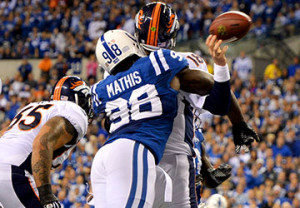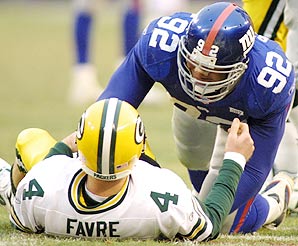Leonard Williams was the 6th pick in the 2015 Draft. He hasn’t been an outright bust by any means, but he’s certainly failed to deliver much in the way of big plays. He’s never missed a game in his career, and will only finish 2019 with 15 games played because he got to experience two bye weeks: with the Jets in week 4 and then with the Giants in week 11. He has recorded over 200 tackles in his career, but among first round defensive linemen with that number of tackles, his sack totals are shockingly low.
For years, Williams always seemed “on the verge” of a breakout season because of his quarterback hits numbers. He had 21 as a rookie, and then 7.0 sacks in a promising second season. In year 3, he had only 2.0 sacks but a whopping 25 quarterbacks hits…. and then in 2018 he had 20 quarterback hits and only 5.0 sacks. This year? He has 12 quarterback hits and zero sacks. In general, you expect about a 40-45% ratio between quarterback hits and quarterback sacks. But Williams is an extreme outlier, recording 17 sacks against a whopping 97 quarterback hits over his 5-year career.
The graph below shows the sack totals (X-Axis) and quarterback hits totals (Y-Axis) for defensive players from 2015 to 2019. [continue reading…]








